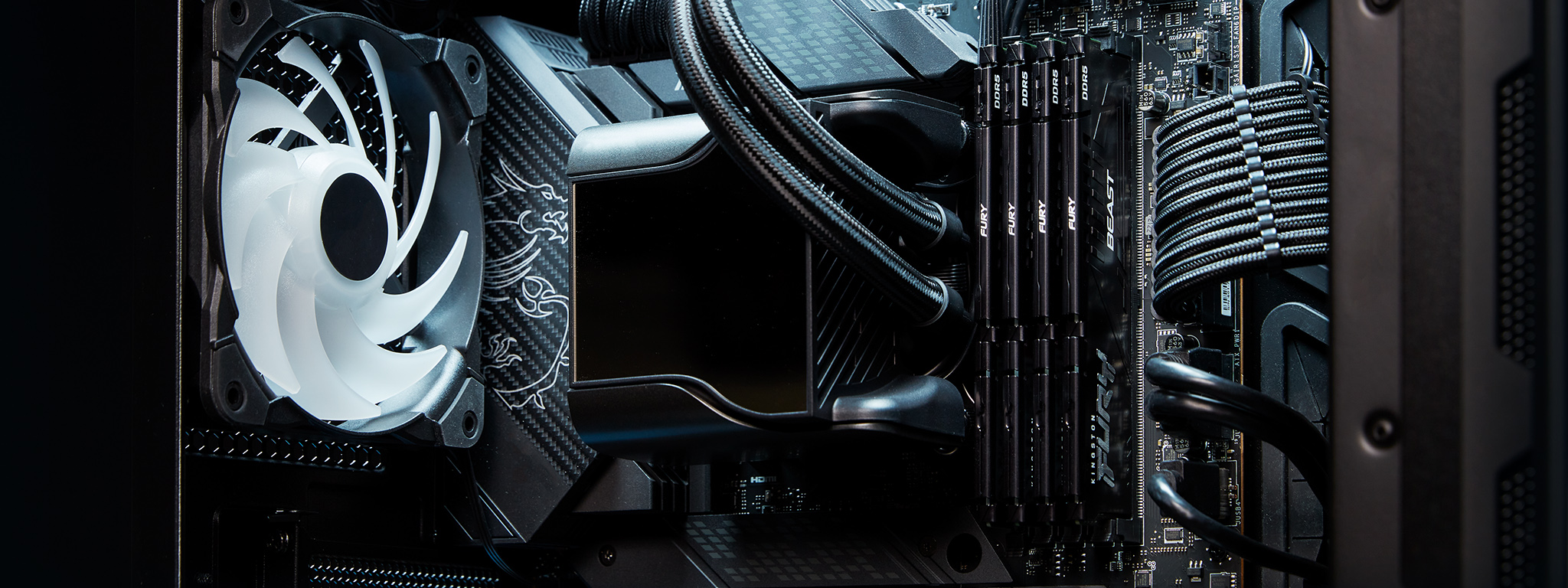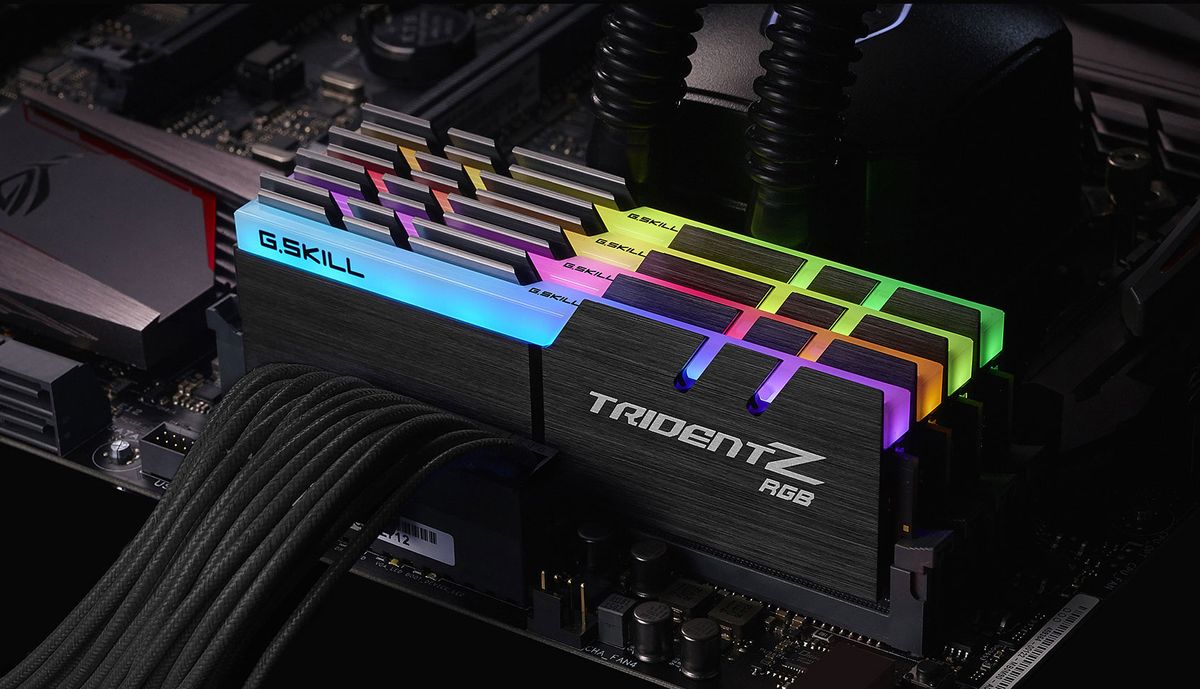
Upgrading your PC components can significantly enhance your system's performance. Whether you're a gamer, content creator, or just looking to improve your everyday computing experience, upgrading key components like RAM, SSDs, and GPUs is a crucial step. This guide will walk you through the process, providing clear, easy-to-follow tutorials for each component.
Why Upgrade Your Components?
Upgrading your PC components can offer several benefits:
- Increased Performance: Enhanced speed and responsiveness.
- Improved Multitasking: Smooth operation with multiple applications.
- Better Gaming Experience: Higher frame rates and improved graphics.
- Extended System Life: Keep your system relevant without buying a new PC.
Upgrading Your RAM
Benefits of Upgrading RAM
Adding more RAM can significantly boost your system's performance. It allows for better multitasking and improves the overall speed of your computer.
Steps to Upgrade RAM
- Check Compatibility: Verify your motherboard's RAM capacity and type (DDR3, DDR4, etc.).
- Purchase the Right RAM: Choose a reputable brand and the correct RAM type and size.
- Installation:
- Power Off and Unplug: Ensure your PC is completely turned off.
- Open the Case: Remove the side panel to access the RAM slots.
- Remove Old RAM (if necessary): Gently release the clips and remove the old RAM.
- Insert New RAM: Align the notch with the slot and press firmly until the clips snap into place.
- Test the Upgrade: Power on your PC and check if the new RAM is recognized.

Upgrading Your SSD
Benefits of Upgrading to an SSD
Switching from an HDD to an SSD can drastically reduce boot times, speed up file transfers, and improve the overall performance of your system.
Steps to Upgrade to an SSD
- Backup Your Data: Ensure all important data is backed up.
- Choose the Right SSD: Consider size, type (SATA, NVMe), and compatibility.
- Installation:
- Power Off and Unplug: Turn off your PC and disconnect it from the power source.
- Open the Case: Access the drive bays.
- Remove the Old Drive: Disconnect cables and remove the old HDD.
- Install the SSD: Secure the SSD in the drive bay and connect the cables.
- Clone Your Drive: Use cloning software to transfer data from the old drive to the new SSD.
- Configure BIOS: Set the SSD as the primary boot drive in BIOS.
Upgrading Your GPU
Benefits of Upgrading Your GPU
A new GPU can provide better graphics, higher frame rates, and an overall improved gaming experience.
Steps to Upgrade Your GPU
- Check Compatibility: Ensure your motherboard and power supply can support the new GPU.
- Choose the Right GPU: Consider performance needs and compatibility.
- Installation:
- Power Off and Unplug: Completely power down your system.
- Open the Case: Access the PCIe slots.
- Remove the Old GPU: Unscrew and disconnect the old GPU.
- Install the New GPU: Insert the new GPU into the PCIe slot and secure it with screws.
- Install Drivers: Download and install the latest drivers from the GPU manufacturer's website.
- Test the Upgrade: Ensure the new GPU is functioning correctly by running benchmark tests.

Conclusion
Upgrading components like RAM, SSDs, and GPUs can significantly enhance your PC's performance, extending its life and improving your computing experience. With these tutorials, you can confidently upgrade your key components and enjoy the benefits of a faster, more efficient system.
